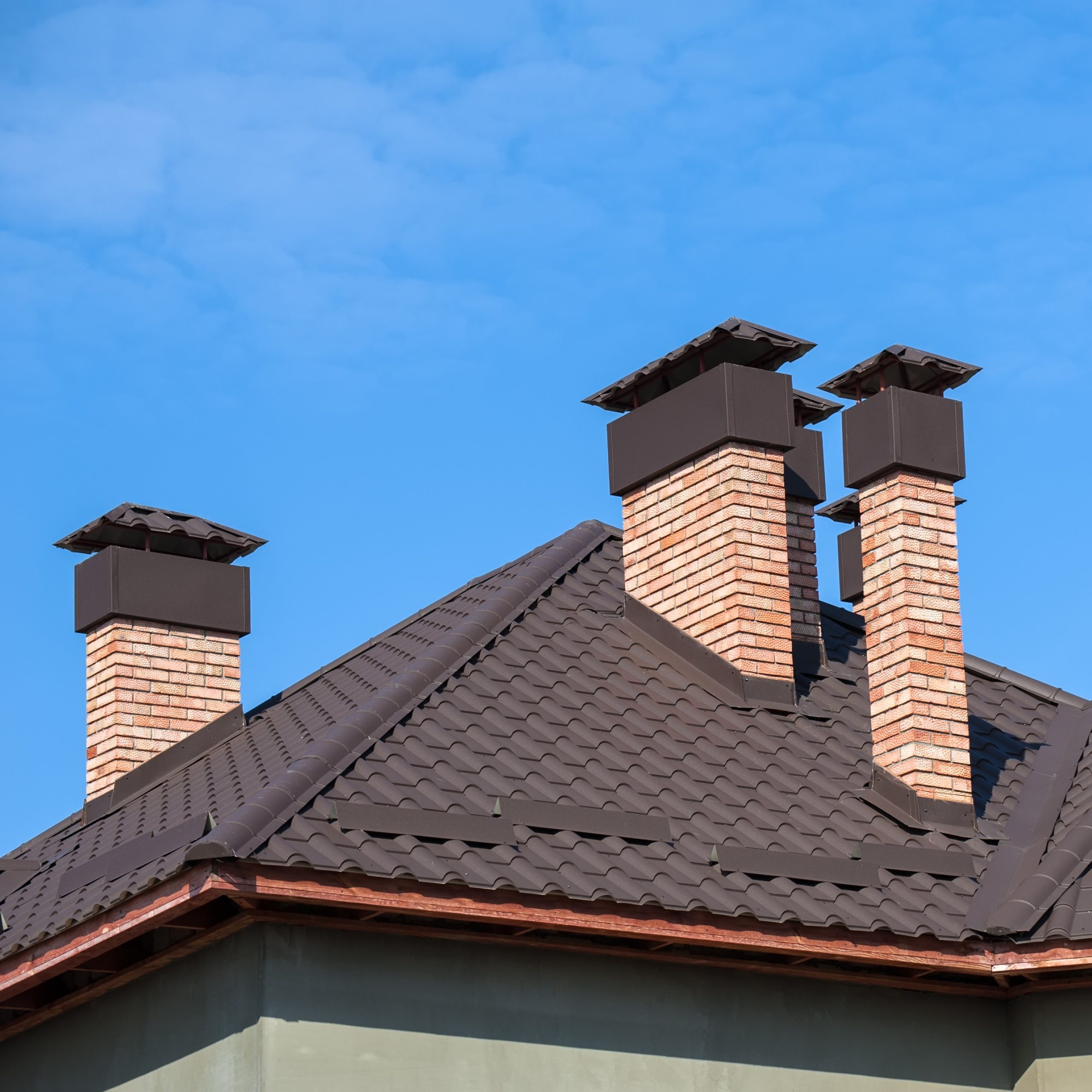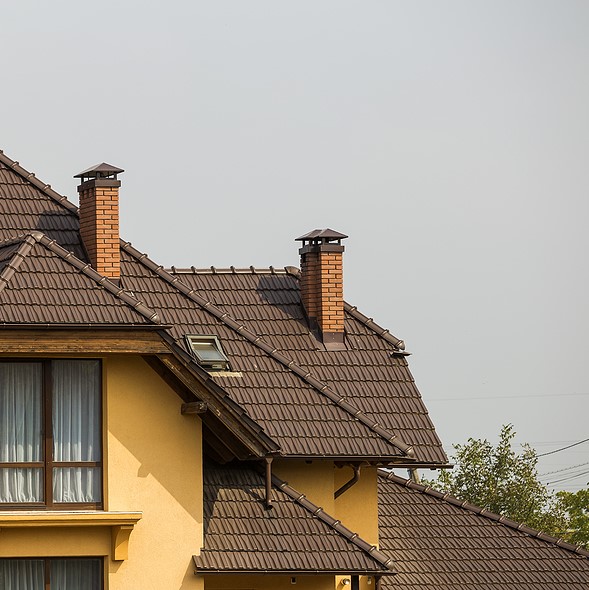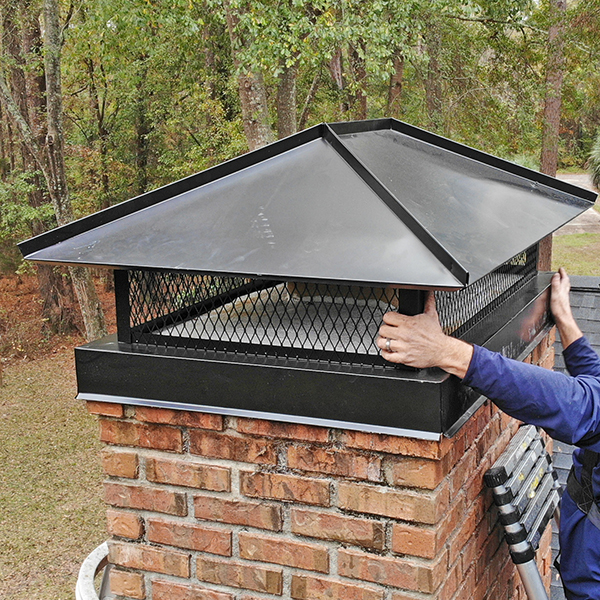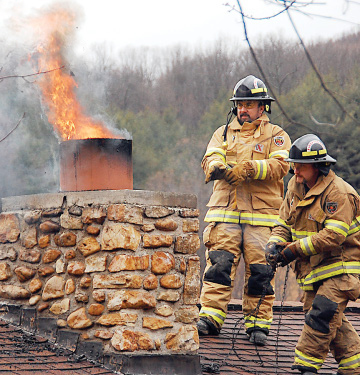How Your Chimney Shows Signs of Being ‘Under the Weather’

Chicago weather… You never know what to expect. One minute we get reminded what sunshine looks like, and the next, 4-foot snow drifts up against the garage door.
We spoke with a couple of our certified technicians as to what to look out for with all of the recent snow, sleet, freezing temperatures and the little bit of sunshine.
Q: What does the winter freeze-thaw cycle mean? Why is that important for a chimney?
A: According to the CSIA (Chimney Safety Institute of America), the freeze thaw cycles is most damaging when water absorbs into the brick and mortar joints, freezes then expands. Then the freeze-thaw cycle happens again and again until cracks form causing the bricks and mortar joints to chip, spall or crumble into small pieces.
Q: Wow, is there a way to stop it, or slow it down? We get a lot of the freeze-thaw cycles here in Chicago.
A: Yes, waterproofing a chimney with a high-quality product will help to protect the chimney from the freeze thaw cycle. Superior Chimney uses a Chimney Saver solution that prevents water from penetrating the bricks and mortar but still allows them to “breathe”.
Q: We get so few days of sunshine it seems. But when we do, the snow begins to melt. What do homeowners need to watch for with melting snow?
A: Leaks are important to identify and repair quickly. One of the most common areas where leaks occur is at the flashing. Flashing is the metal that covers the gap where the chimney protrudes through your roof. If snow/water gets behind the flashing, the water can go directly into your home.
Another area for concern is the chimney crown. The chimney crown is the cement slab right on top of the chimney. When there’s even just a hairline crack, water can make its way into the home.
Q: What are the signs of a water leak in the chimney?
A: If water begins to penetrate the chimney system, you’ll notice signs such as:
- Water dripping into the firebox
- Stains on your interior walls
- Bad odor or a damp smell coming from the fireplace
- Broken pieces of the flue tiles
- Or the white powdery substance called efflorescence outside on the chimney’s bricks.
Q: Can masonry repairs be done in the winter?
A: Some cannot, however, there are many preventative measures that can be implemented until more ideal weather/temperature arrives… these can help to prevent further deterioration and escalated repair costs through the remaining winter months. There are times when chimney repairs cannot be avoided such as large cracks where moisture is easily flowing through the chimney and into your home, or if the chimney is at risk of falling.
The best way to avoid all of these problems is to get an inspection on your chimney annually as advised by CSIA (the Chimney Safety Institute of America), NCSG (the National Chimney Sweep Guild), NFPA (the National Fire Protection Association) and IRC (International Residential Code) due to our geographic freeze and thaw cycles of winter and regardless of gas, wood or frequency of use.
This post first appeared on https://www.superiorchimney.net

 4. Condition of the fireplace and vent system
4. Condition of the fireplace and vent system
 Drafting obstructions
Drafting obstructions Damage to chimney components
Damage to chimney components

 Chimney cap vs. flue cover
Chimney cap vs. flue cover 3. Block rain and snow
3. Block rain and snow What is a Chimney Cap?
What is a Chimney Cap? Fire Prevention
Fire Prevention Let’s talk about
Let’s talk about